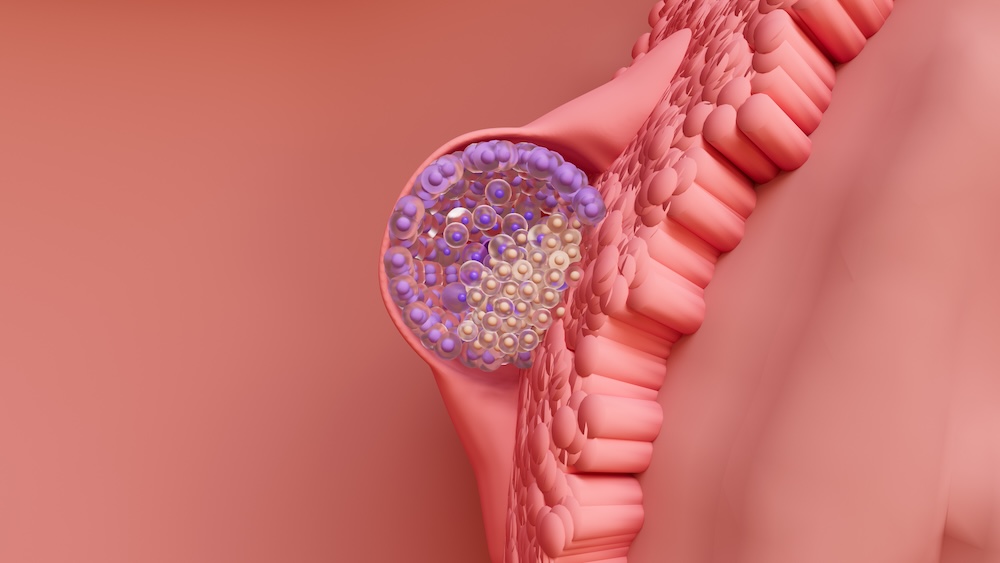
Assisted reproductive technology (ART) is a science that explores all facets of the human reproduction system in an effort to increase the chances of conception. Blastocyst grading is one of the avenues that can be used to increase those chances.
Blastocysts are groups of cells that divide from the fertilized egg and become 80-120 cells that include embryonic and trophoblast cells that become ready to implant into the uterine lining. The blastocyst stage refers to this developmental stage of an embryo. The stage takes approximately 5-6 days to complete.
Importance of Blastocyst-stage Embryos
Blastocyst-stage embryos are a crucial stage of the embryo’s development. If the blastocyst is successful in fully attaching itself to the uterine lining, it will eventually develop into a fetus. As it attempts to adhere to the lining, it releases a sticky protein called L-selectin, which attaches to substances and enables the outer cells of the blastocyst to implant deeper into the uterine lining. These outer cells are called the trophectoderm (TE) and will eventually become the placenta and deliver nutrients and oxygen to the fetus. Some of these TE cells will become the protective amniotic sac surrounding and protecting the fetus in clear fluid.
Explanation of Blastocyst Grading

Once blastocyst culturing of embryos became commonplace, the medical community realized the process could be graded to provide a better idea of the chances of a successful outcome. The blastocyst stage provides the best measurements of the quality of the embryo. It’s also easier to measure than other stages of the embryo’s development. During an IVF program or ICSI procedure, the doctors and embryologists use a blastocyst grading system to determine which embryos are more likely to result in a viable pregnancy.
The most widely used grading system is the Gardner and Schoolcraft (1999) grading system. The grades use three criteria:
- Blastocyst development stage – expansion and hatching status from 1 to 6
- Inner cell mass (ICM) quality graded A, B, or C
- Trophectoderm (TE) quality, graded A, B, or C
Blastocyst Development and Stage Status
- Blastocoel cavity less than half the volume of the embryo
- Blastocoel cavity more than half the volume of the embryo
- Full blastocyst, with the cavity completely filling the embryo
- Expanded blastocyst with a cavity larger than the embryo and thinning of the shell
- Blastocyst hatching out of the shell
- Blastocyst hatched out of the shell
ICM Grade – Inner Cell Mass Quality
A. Many cells, tightly packed
B. Several cells, loosely packed
C. Very few cells
TE Grade – Trophectoderm Quality
A. Many cells, forming a cohesive layer
B. Few cells, forming a loose epithelium
C. Very few large cells
Realities of the Blastocyst Grading System
It should be emphasized that blastocyst grading is not a guarantee of successful fertilization or an indication of failure. Higher-grading blastocysts can produce higher pregnancy rates and more live births. However, lower grades can also result in successful Implantation and the birth of healthy babies.
Embryos can continue to develop after the initial grading, and the grades, if given later, would be higher. This underlines the fact that embryo grading is a tool that can be used to assign qualified assessments to embryos. However, it doesn’t account for other factors that can lead to a successful implantation and pregnancy.
Exploring ART Services at V-Fertility Center
Blastocyst grading is an important facet of ART. However, there are many other facets that should be explored when considering whether to undergo an IVF program.
V-Fertility Center at Vejthani Hospital in Bangkok offers a complete range of fertility services and testing, including:
Infertility Screening
Infertility screening is a comprehensive series of tests for couples aimed at identifying the reasons for the failure to conceive. After the screening, our doctors can recommend a program to increase your chances of conceiving.
IVF/ICSI
These are the two primary assisted reproductive services. IVF is the total program containing many of the other services, and ICSI is a vital technique within the program. Based on patient data between September 2019 and December 2021, V-Fertility Center has an 88.61% chance of conception success using these two services.
Surgical Sperm Retrieval (SSR)
There are several effective techniques to surgically retrieve a viable sperm sample that will result in the successful fertilization of an egg using IVF/ICSI. The SSR techniques used at V-Fertility Center include PESA, TESA, and TESE.
Intrauterine Insemination (IUI)
Intrauterine insemination is an ART fertility procedure. It’s timed to the ovulation cycle and combined with a sperm collection and analysis to offer you and your partner better chances of conception.
Preimplantation Genetic Testing (PGT)
PGT testing is a proactive approach to prevent genetic diseases from being passed along to children. It’s performed on the embryos of couples with a family history of chromosomal disorders and genetic diseases.
Sperm and Egg Freezing
V-fertility Center has the resources to freeze samples of your eggs or sperm and store them indefinitely. This can be a valuable service if you need or want to wait before starting a family.
Make an Appointment at V-Fertility Center
If you feel it’s time to explore and learn the details of IVF and ICSI treatment in Thailand, make an appointment at V-Fertility Center in Bangkok. Our doctors can provide answers to your IVF questions. Contact us today.
Article by Dr.Worawat Siripoon
Sources:
- What is a blastocyst stage-embryo – 8/21/24 – https://www.genesisfertilitycenter.co.th/what-is-a-blastocyst-stage-embryo/?lang=en
- IVF Embryo Grading – 8/21/24 – https://www.medparkhospital.com/en-US/disease-and-treatment/ivf-embryo-grading#:~:text=Grade%201%3A%20Early%20blastocyst%20%2D%20The,is%20larger%20than%20the%20embryo

OBSTETRICS AND GYNAECOLOGY-REPRODUCTIVE MEDICINE





No Comments
Sorry, the comment form is closed at this time.